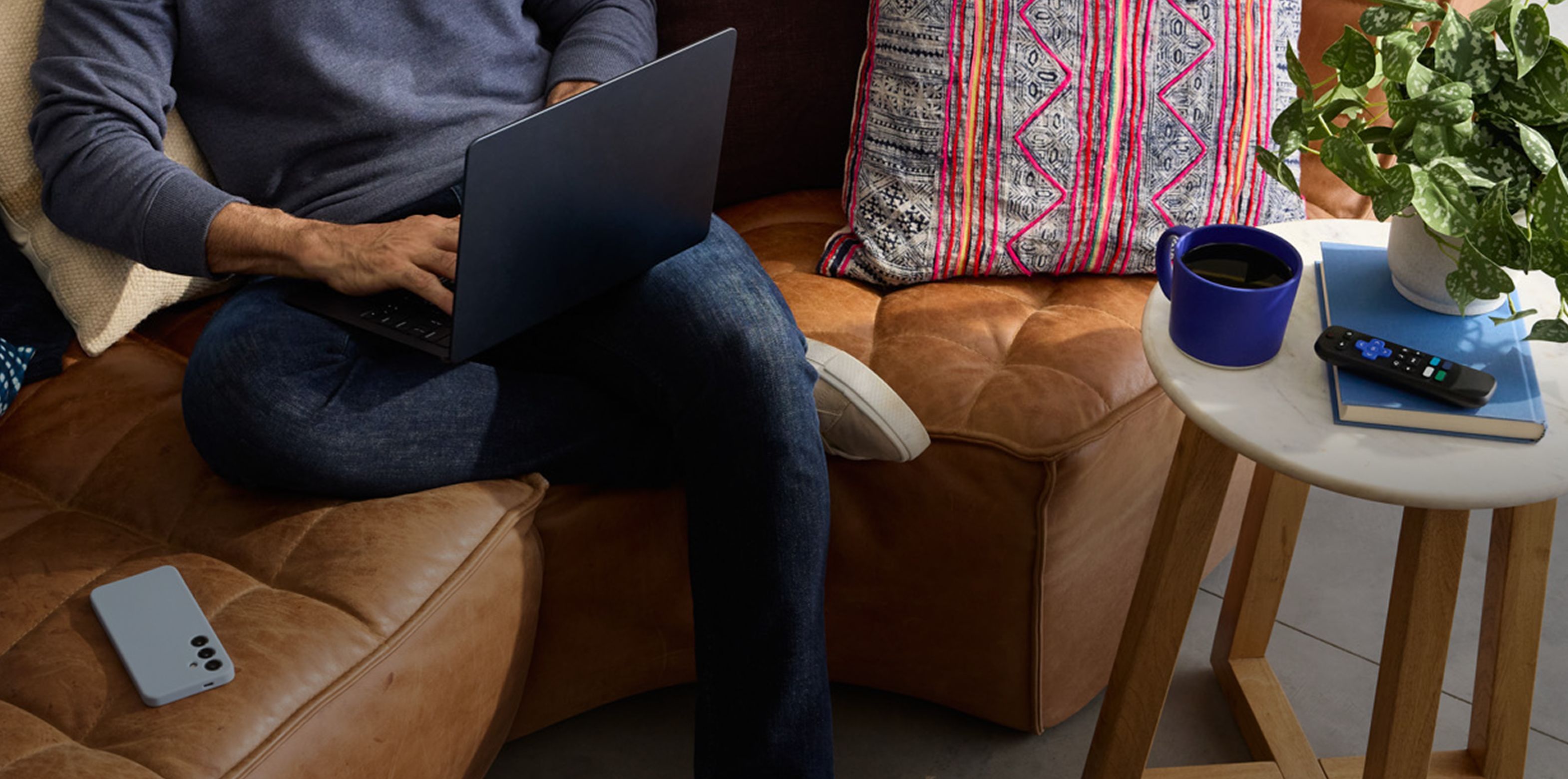
Press Room
Our latest press releases and media coverage
Press Release
Latest announcements
The Trade Desk Announces Anders Mortensen as New Chief Revenue Officer
The Trade Desk Brings Onsite Retail Media Inventory to Advertisers Through Integration with Koddi; Gopuff Serves as First Retail Partner
The Trade Desk and DIRECTV Announce Plans to Develop Custom Version of Ventura TV OS with DIRECTV’s User Interface
A problem occurred, please try again later.
Media Coverage
The Trade Desk in the news
Contact us
Please contact PR@thetradedesk.com for global press support.